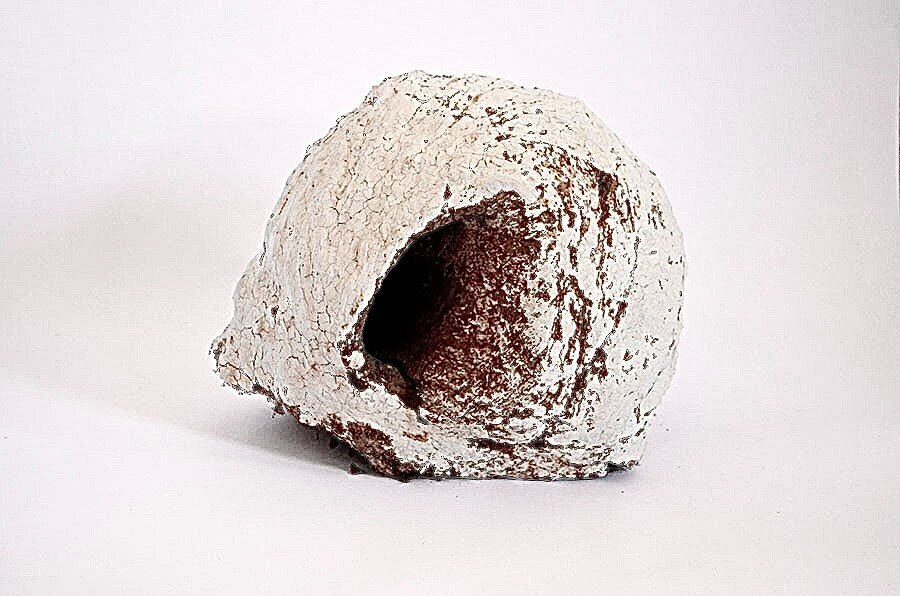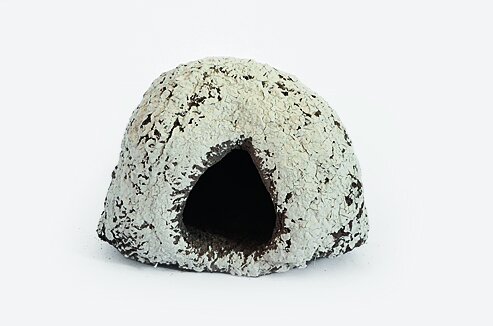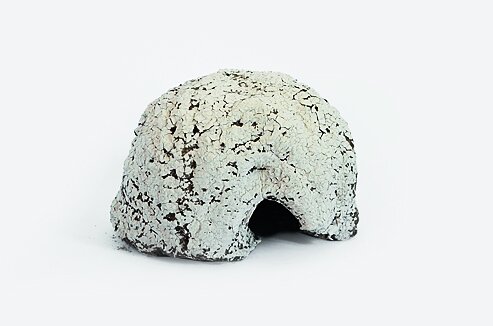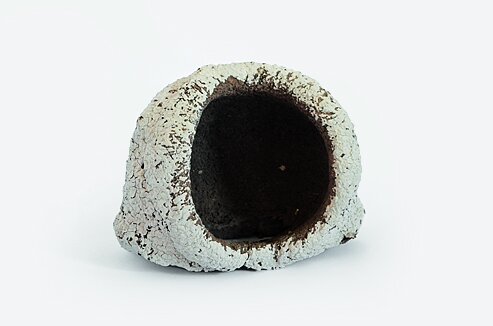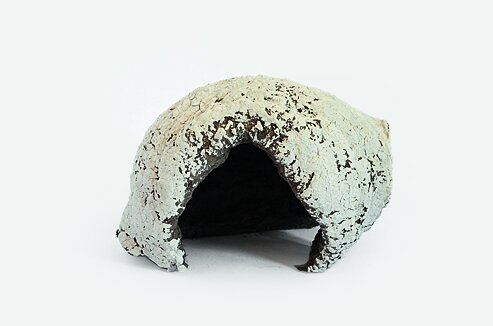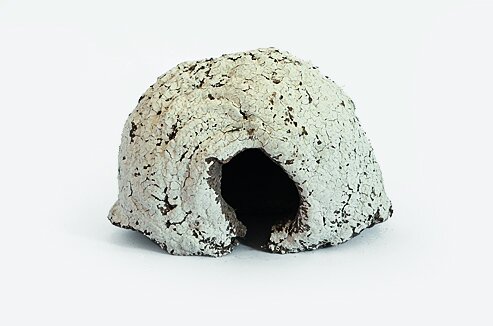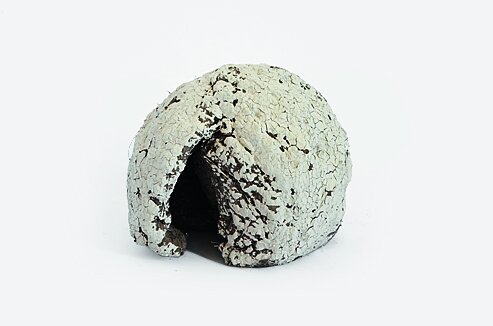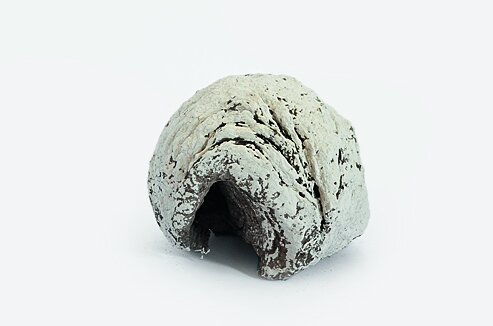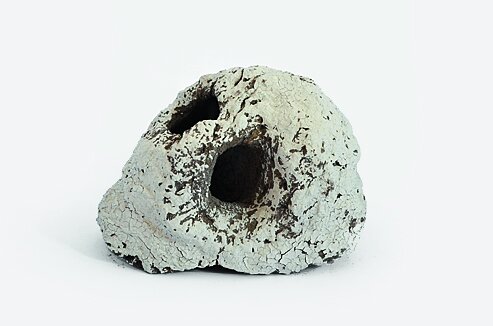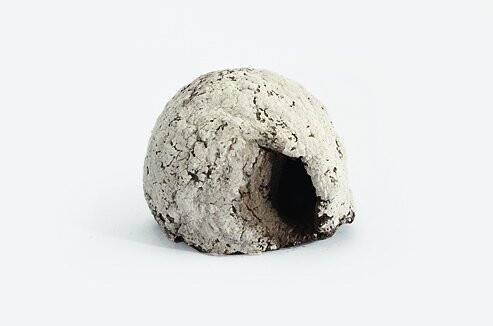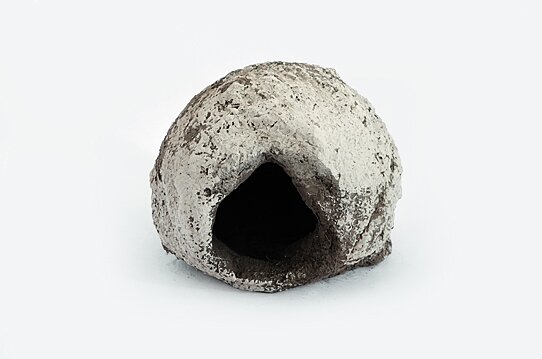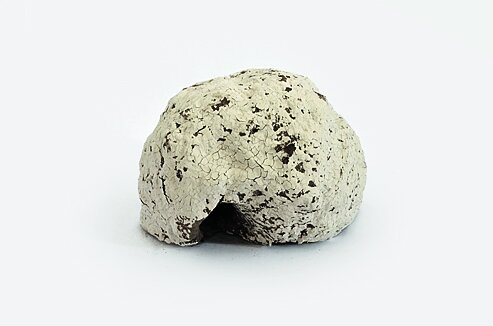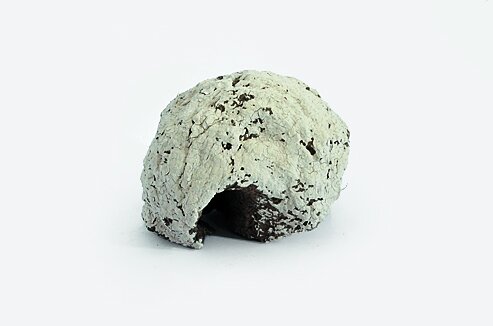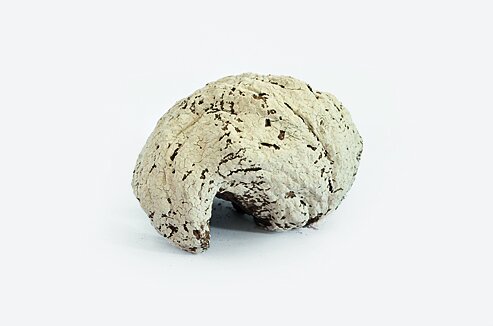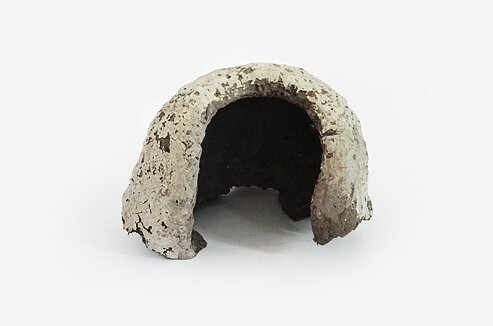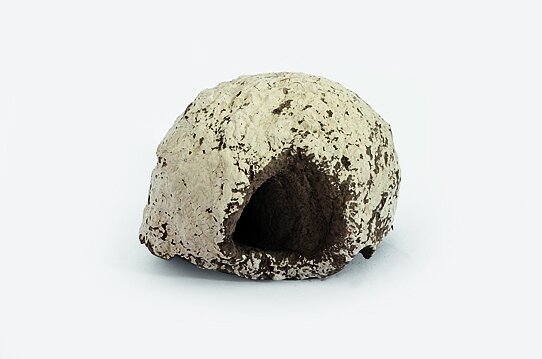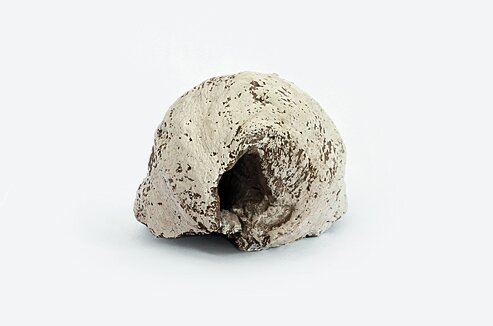Adrián Villar Rojas | "From the Series Brick Farm", 2013 | (for Parkett 93)
Read a Parkett text on Adrián Villar Rojas
Parkett Vol. 93
Quote from Parkett
"Through his work, Adrián Villar Rojas could fabricate an impossible future, insert it into the present, and use nature as the ultimate tool to thrust his proposal into the past."
Eungie Joo, Parkett No. 93, 2013
"From the Series Brick Farm", 2013 (for Parkett 93)
Mud and unfired clay,
approx. 9 7/8 x 9 7/8 x 11 7/8” (ca. 25 x 25 x 39 cm),
each unique, Edition of 35/XX,
signed and numbered certificate
Previously sold-out. Last few remaining.
Read a Parkett text on Adrián Villar Rojas
Parkett Vol. 93
Quote from Parkett
"Through his work, Adrián Villar Rojas could fabricate an impossible future, insert it into the present, and use nature as the ultimate tool to thrust his proposal into the past."
Eungie Joo, Parkett No. 93, 2013
"From the Series Brick Farm", 2013 (for Parkett 93)
Mud and unfired clay,
approx. 9 7/8 x 9 7/8 x 11 7/8” (ca. 25 x 25 x 39 cm),
each unique, Edition of 35/XX,
signed and numbered certificate
Previously sold-out. Last few remaining.
Read a Parkett text on Adrián Villar Rojas
Parkett Vol. 93
Quote from Parkett
"Through his work, Adrián Villar Rojas could fabricate an impossible future, insert it into the present, and use nature as the ultimate tool to thrust his proposal into the past."
Eungie Joo, Parkett No. 93, 2013
"From the Series Brick Farm", 2013 (for Parkett 93)
Mud and unfired clay,
approx. 9 7/8 x 9 7/8 x 11 7/8” (ca. 25 x 25 x 39 cm),
each unique, Edition of 35/XX,
signed and numbered certificate
Previously sold-out. Last few remaining.
Browse all works from Adrián Villar Rojas’ "From the Series Brick Farm", 2013 (for Parkett 93) below
Artist Document
For his Parkett edition, Adrián Villar Rojas has produced a sculptural object that imitates the natural architecture, applied by the Hornero, one of Argentina’s most iconic national birds. This tiny animal builds its nest by using found materials, fashioning a minute, but thick-walled cave fixed to the higher branches of the typical trees of the Humid Pampa, the central-eastern region of the country.
By returning to the materials–mud and straw–used by the Hornero, and by covering the surface of the reproduced nest with a thin layer of gray clay–the same material the artist uses in all his projects, Villar Rojas relates this laborious bird’s work to his own. The creation of the piece exceeds human efforts, incorporating as it does other species into its fabrication process.
The manual reproduction of a Hornero nest involves not only a deep understanding of this natural builder’s behavior, but also a prolonged engagement with the surrounding environment. The Brick Farm–a research camp on the outskirts of Rosario within the premises of a traditional brickworks–was the location, both geographically and artistically, that made this new investigation possible. It reflects the layered and symbiotic relationships between all living creatures and their environment. (from various statements by the artist)
Artist Contribution to Parkett 100/101
(see video on right, where Villar Rojas explains the meaning of this contribution to him, ca. 3 min. into the video)
Parkett Text
Read a selected text on Adrian Villar Rojas
Artist Video
Adrián Villar Rojas discusses his Parkett edition. Recorded on the occasion of the Parkett exhibition at the Swiss National Library.






































